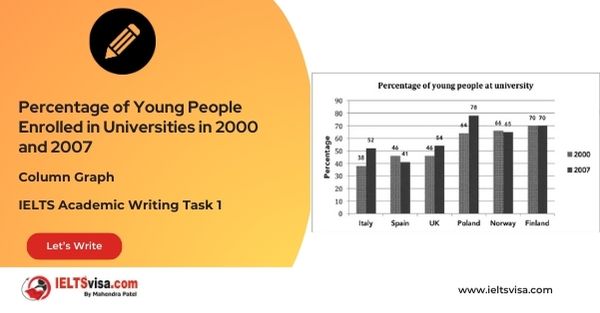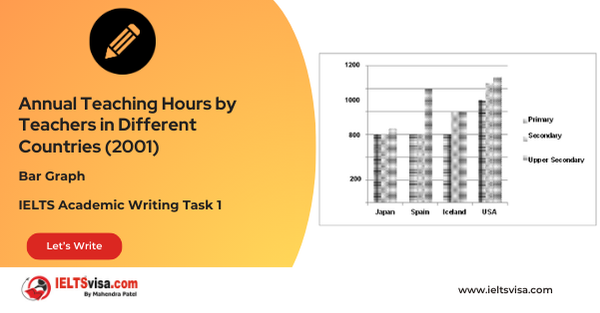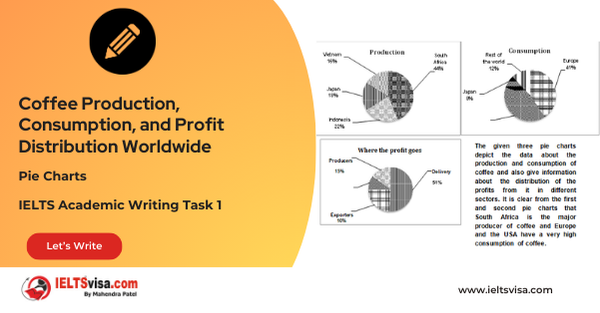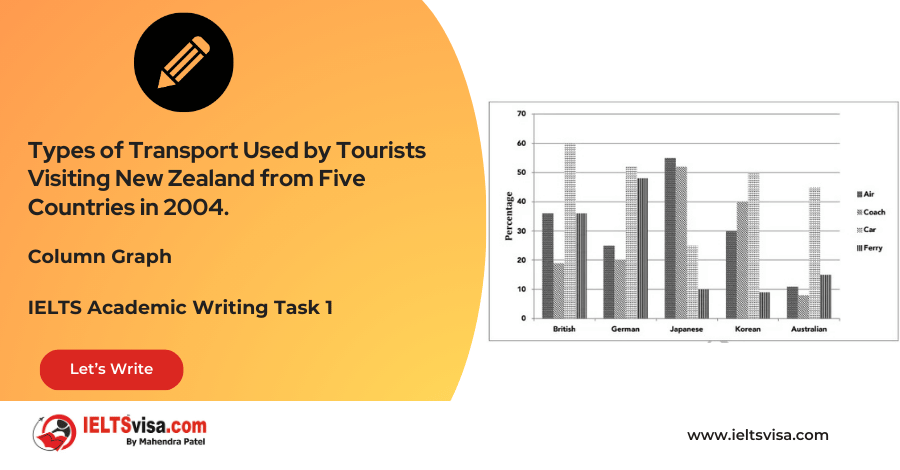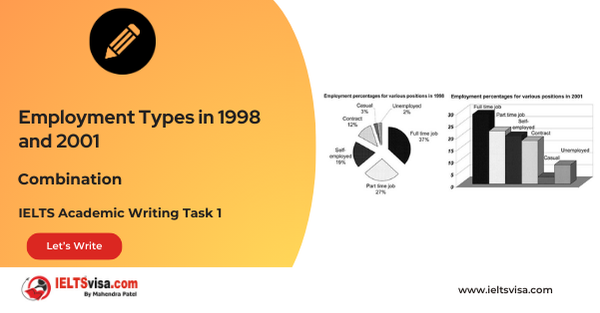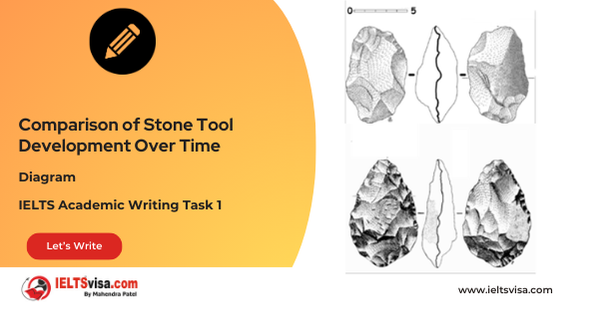The number of mobile phones and personal computers per 1,000 people in 2003 in 6 different countries
IELTS Academic Writing Task 1 - Tables
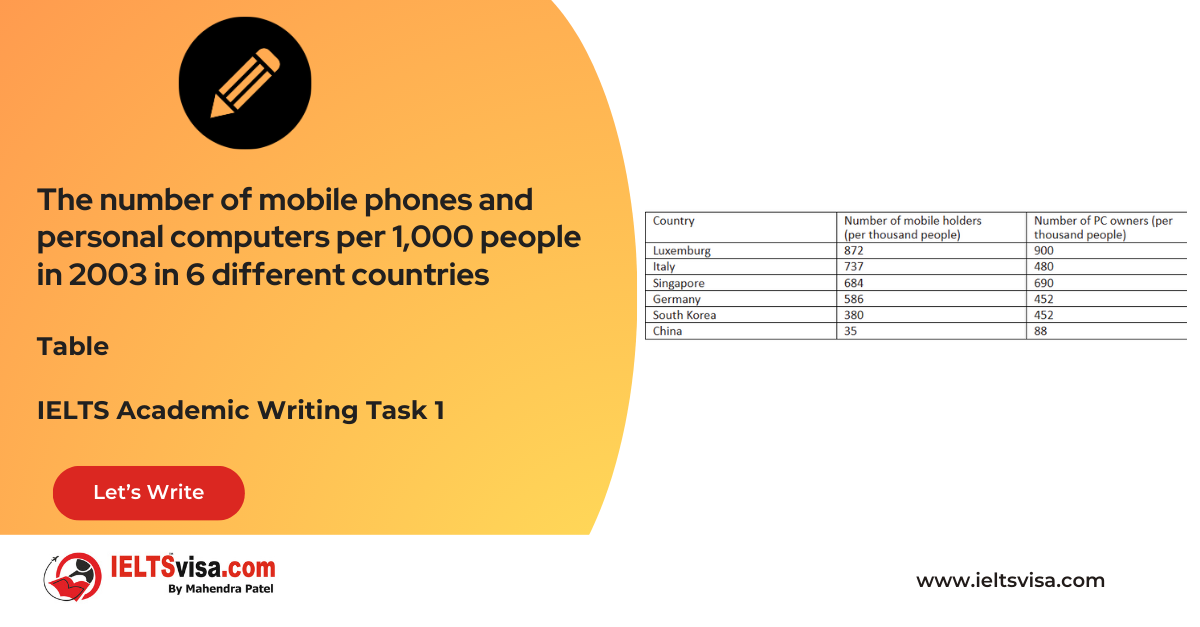
IELTS Writing Task 1 Question
The table shows the number of mobile phones and personal computers per 1,000 people in 2003 in 6 different countries. Summarize the information by selecting and reporting the main features, and make comparisons where relevant.

Common Questions for the Table
1. Graph Type: Table
2. Title: Mobile Phones and Personal Computers per 1,000 People (2003)
3. What are the units of measurement?: Number of devices per 1,000 people
4. Who: Residents of six countries
5. When: Year 2003
6. Where: Six countries (Luxemburg, Italy, Singapore, Germany, South Korea, China)
7. Topic: Comparison of mobile phone and personal computer ownership
Comparison Showing and Trends Any change over time (such as an increase or a decrease) is a trend.
Comparison 1: Ownership in Luxemburg
- Details:
- Luxemburg leads in both mobile phone (872) and PC ownership (900) per 1,000 people, indicating high technology access in the country.
Comparison 2 : Ownership in China
- Details:
- In 2005, manufacturing employed 21% and shops, restaurants, and hotels employed 20%. By 2010, employment in manufacturing dropped to 14%, while shops, restaurants, and hotels saw a rise to 32%, making it the most popular sector for young employees.
Comparison 3 : Trends in Italy and Germany
- Details:
- Italy exhibits a significant gap between mobile phone (737) and PC (480) ownership, while Germany shows a closer figure, with 580 mobile phones and 452 PCs per 1,000 people.
Sample Answer
The table presents data on the number of mobile phones and personal computers per 1,000 people in six countries in 2003, namely Luxemburg, Italy, Singapore, Germany, South Korea, and China. The data reveals distinct trends in technology ownership among these nations.
Luxemburg stands out with the highest ownership rates, boasting 872 mobile phones and 900 PCs per 1,000 people, indicating widespread access to technology. In contrast, China has the lowest figures, with only 35 mobile phones and 88 personal computers per 1,000 people, reflecting a significant technological gap.
Singapore demonstrates almost equal ownership of mobile phones and PCs, with both around 700 per 1,000 people. Italy exhibits a notable discrepancy, with 737 mobile phones compared to just 480 PCs per 1,000 people, suggesting a preference for mobile technology. Germany and South Korea present similar patterns, with 580 mobile phones and 452 PCs in Germany, while South Korea shows 360 mobile phones per 1,000 people.
Overall, mobile phone and PC ownership is generally high across the countries surveyed, except for China, which has the lowest rates.
Top 28 Vocabulary
| Vocabulary (type) | Meaning | Synonyms | Examples |
| Ownership (n.) | The act, state, or right of possessing something | Possession, control | “Luxemburg has the highest ownership of PCs per 1,000 people.” |
| Discrepancy (n.) | A lack of compatibility or similarity; a difference | Divergence, inconsistency | “There is a significant discrepancy in Italy between mobile phone and PC ownership.” |
| Access (n.) | The means or opportunity to approach or enter a place or to use something | Availability, entry | “High access to technology is evident in Luxemburg.” |
| Reflect (v.) | To show or demonstrate something | Indicate, reveal | “China’s low figures reflect a significant technological gap.” |
| Technology (n.) | The application of scientific knowledge for practical purposes | Tech, machinery | “The ownership of technology is high in most countries except China.” |
|
Presents (v.) |
To show or display information |
Displays, showcases |
“The table presents data on mobile phones and PCs.” |
|
Figures (n.) |
Numerical data or statistics |
Numbers, statistics |
“The figures highlight ownership rates in six countries.” |
|
Nations (n.) |
Countries or states |
Countries, states |
“The data covers technology ownership in six nations.” |
|
Distinct (adj.) |
Clearly different or unique |
Separate, unique |
“Luxemburg shows distinct trends in technology ownership.” |
|
Gap (n.) |
A difference or disparity between two things |
Divide, disparity |
“There is a technological gap between China and Luxemburg.” |
|
Widespread (adj.) |
Found or distributed over a large area or number of people |
Extensive, prevalent |
“Luxemburg has widespread access to mobile phones.” |
|
Indicating (v.) |
Pointing out or showing |
Demonstrating, signifying |
“The data indicates varying ownership rates.” |
|
Lowest (adj.) |
The least in amount or degree |
Minimum, smallest |
“China recorded the lowest ownership rates.” |
|
Equal (adj.) |
Being the same in value, amount, or degree |
Balanced, identical |
“Singapore demonstrates almost equal ownership of devices.” |
|
Preference (n.) |
A greater liking for one alternative over another |
Liking, inclination |
“Italy shows a preference for mobile phones over PCs.” |
|
Notable (adj.) |
Worthy of attention or remarkable |
Significant, remarkable |
“Italy exhibits a notable discrepancy in ownership.” |
|
Demonstrates (v.) |
To clearly show or explain |
Shows, illustrates |
“The data demonstrates trends in technology usage.” |
|
Surveyed (v.) |
Examined or observed systematically |
Studied, reviewed |
“The countries surveyed included Luxemburg and China.” |
|
Rates (n.) |
A measure or level of something, typically per unit |
Levels, proportions |
“The rates of PC ownership vary widely across countries.” |
|
Reveals (v.) |
Makes known or shows something hidden |
Discloses, uncovers |
“The table reveals technology ownership trends.” |
|
Significant (adj.) |
Important or notable |
Substantial, meaningful |
“China’s figures show a significant technological gap.” |
|
Ownership (n.) |
The state of possessing something |
Possession, control |
“PC ownership is high in Luxemburg.” |
|
Access (n.) |
The means to use or benefit from something |
Availability, entry |
“Luxemburg’s high access to technology is evident.” |
|
Disparity (n.) |
A great difference |
Inequality, gap |
“The disparity in ownership is stark between countries.” |
|
Reflects (v.) |
Shows or indicates something |
Represents, signifies |
“China’s low ownership reflects a technological divide.” |
|
Boasting (v.) |
Talking with pride about something |
Bragging, claiming |
“Luxemburg boasts the highest technology ownership.” |
|
Ownership (n.) |
The right or state of having something |
Possession, control |
“Luxemburg shows widespread ownership of mobile devices.” |
|
Trends (n.) |
General directions in which something is developing |
Patterns, movements |
“Distinct trends in ownership are visible across nations.” |

Our Books
Master IELTS Speaking Part 1
IELTS Writing Task 1 Book
IELTS Writing Task 2 Book
Writing Task 1 Question Types
Practice IELTS Other Modules
IELTS Listening
The IELTS Listening test assesses how well you can understand spoken English in various contexts. It lasts about 30 minutes and is divided into four sections with a total of 40 questions. The listening tasks become increasingly difficult as the test progresses.
IELTS Academic Reading
The IELTS Academic Reading section assesses your ability to understand and interpret a variety of texts in academic settings. It is designed to evaluate a range of reading skills, including skimming for gist, reading for main ideas, reading for detail, understanding inferences, and recognizing a writer's opinions and arguments.
IELTS Speaking
The IELTS Speaking test assesses your ability to communicate in English on everyday topics. It lasts 11-14 minutes and consists of three parts: introduction, cue card, and a discussion based on the cue card topic.
IELTS General Reading
IELTS General Reading tests your ability to understand and interpret various types of texts. Here are some key areas and types of content you can expect to encounter in the reading section, along with tips for effective preparation.
IELTS Academic Writing Task 1
In IELTS Academic Writing Task 1, you are presented with a visual representation of information, such as graphs, charts, tables, or diagrams, and you are required to summarize, compare, or explain the data in your own words.
IELTS General Writing Task 1
In IELTS General Writing Task 1, you are required to write a letter based on a given situation. The letter can be formal, semi-formal, or informal, depending on the prompt. Here’s a breakdown of the key components to include in your letter
IELTS Academic Writing Task 2
In IELTS Academic Writing Task 2, you are required to write an essay in response to a question or topic. Here’s a guide to help you understand the essential elements of this task
IELTS Exam Tips
To succeed in the IELTS exam, practice regularly, familiarize yourself with the test format, improve your vocabulary, develop time management skills, and take mock tests to build confidence.
Grammer for IELTS
Grammar is the foundation of effective communication in English. Understanding tense usage, subject-verb agreement, and sentence structure enhances clarity and coherence in writing and speaking.
Vocabulary for IELTS
Vocabulary plays a crucial role in the IELTS (International English Language Testing System) exam, especially in the Speaking and Writing sections. Here’s an overview of why vocabulary is important and how it impacts your performance
RECENT IELTS SAMPLES QUESTIONS AND ANSWERS
Task 1 – Column graph – Percentage of Young People Enrolled in Universities in 2000 and 2007.
20:00 Start Pause Stop [df_adh_heading title_infix="IELTS Writing Task 1 Question" use_divider="on"...
Task 1 – Bar Graph – Annual Teaching Hours by Teachers in Different Countries (2001)
20:00 Start Pause Stop [df_adh_heading title_infix="IELTS Writing Task 1 Question" use_divider="on"...
Task 1 – Pie Charts – Coffee Production, Consumption, and Profit Distribution Worldwide
20:00 Start Pause Stop [df_adh_heading title_infix="IELTS Writing Task 1 Question" use_divider="on"...
Task 1 – Column graph – Types of Transport Used by Tourists Visiting New Zealand from Five Countries in 2004.
20:00 Start Pause Stop [df_adh_heading title_infix="IELTS Writing Task 1 Question" use_divider="on"...
Task 1 – Bar and Pie Chart Combination – Employment Types in 1998 and 2001
20:00 Start Pause Stop [df_adh_heading title_infix="IELTS Writing Task 1 Question" use_divider="on"...
Task 1 – Diagram – Comparison of Stone Tool Development Over Time
20:00 Start Pause Stop [df_adh_heading title_infix="IELTS Writing Task 1 Question" use_divider="on"...

